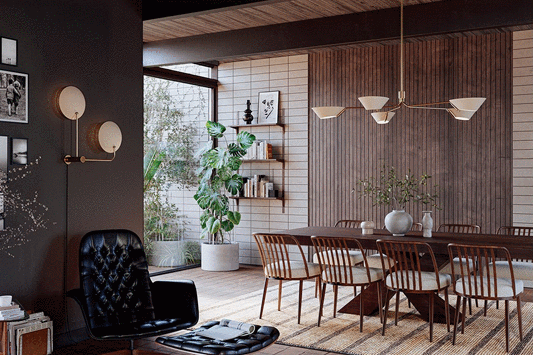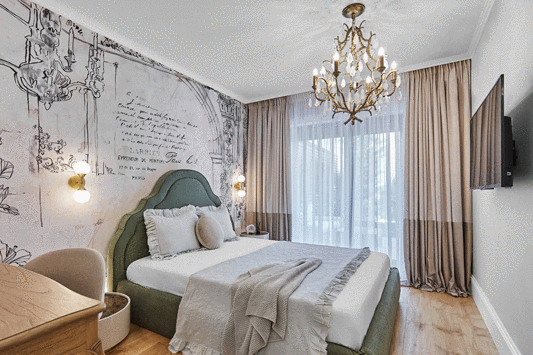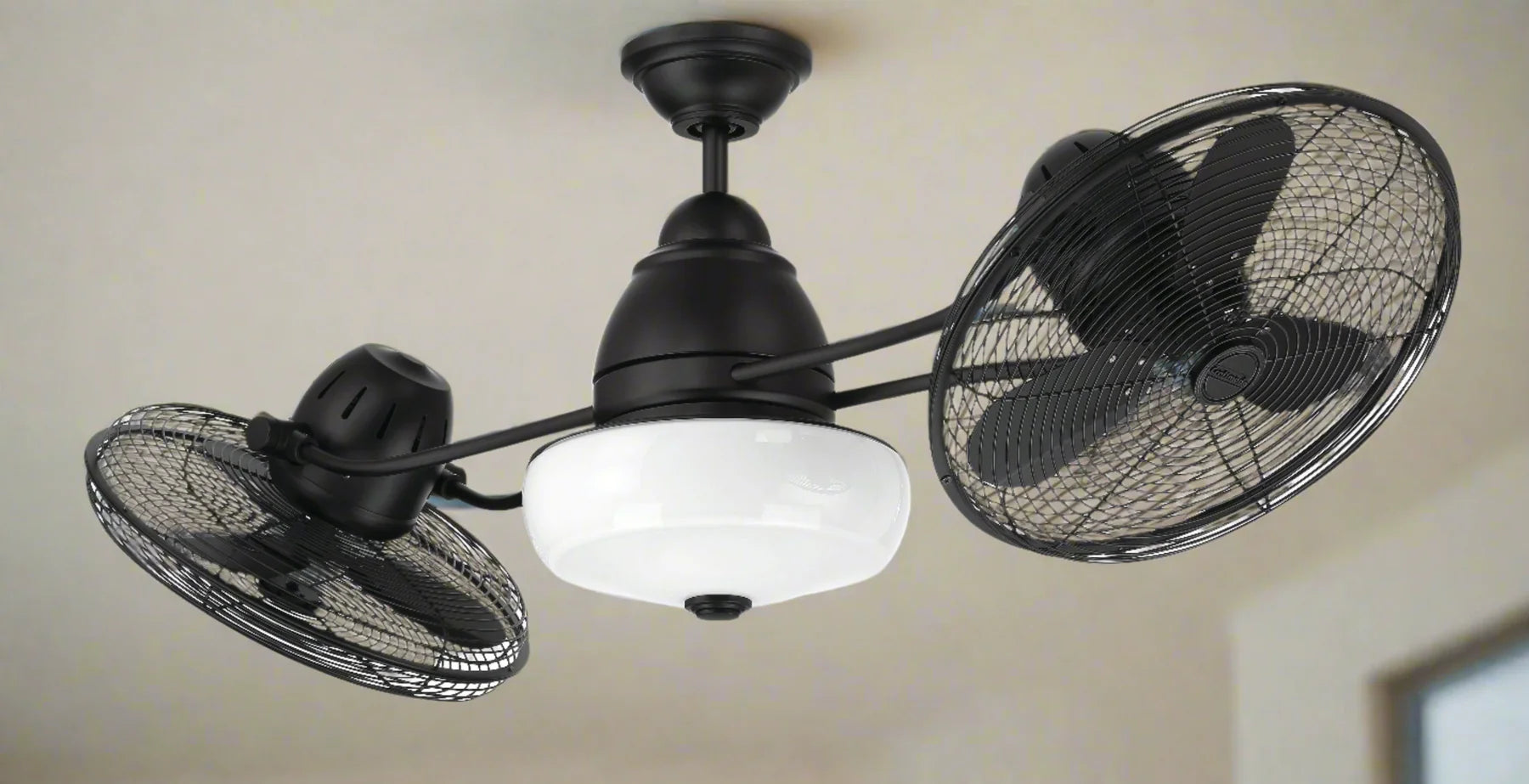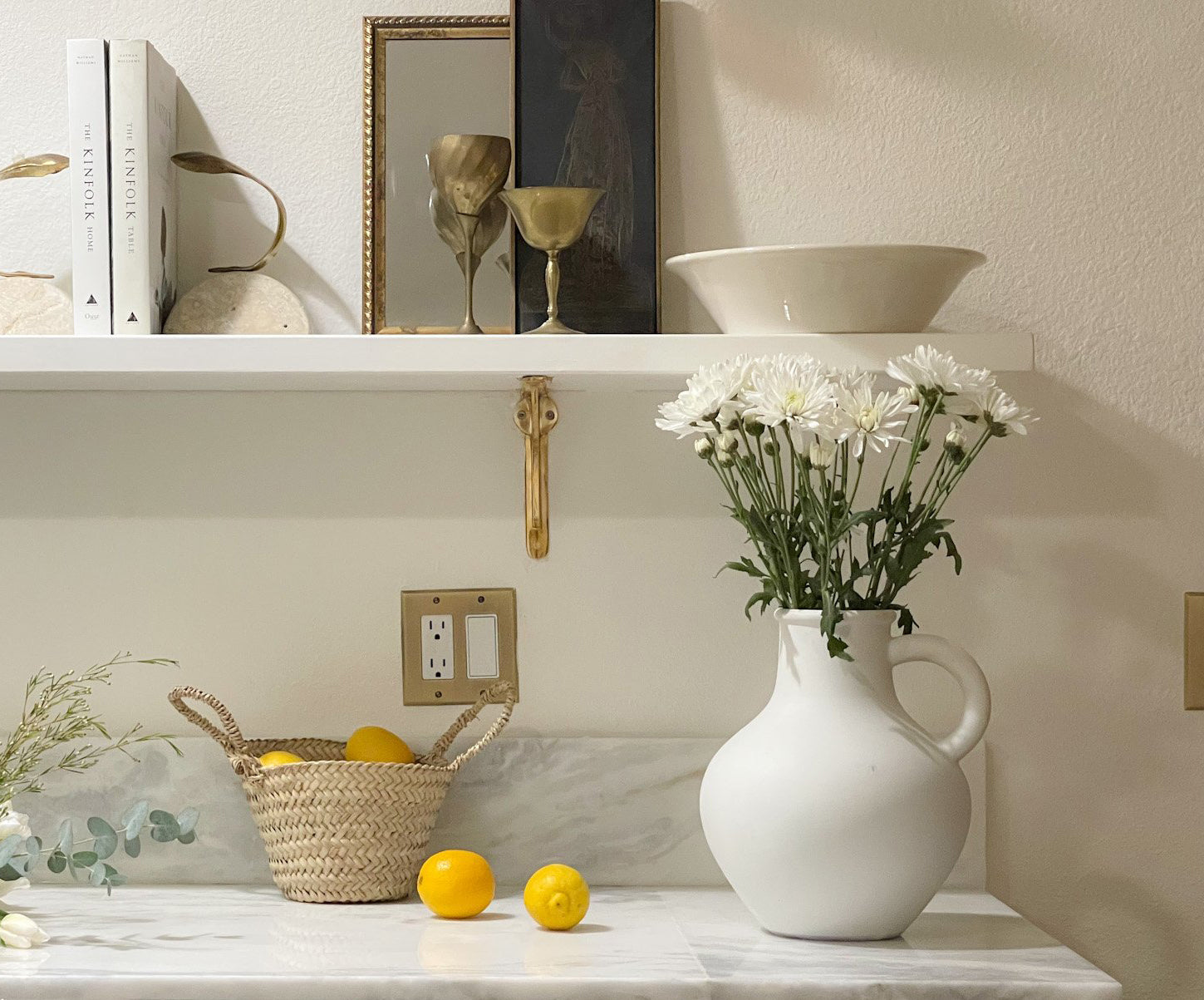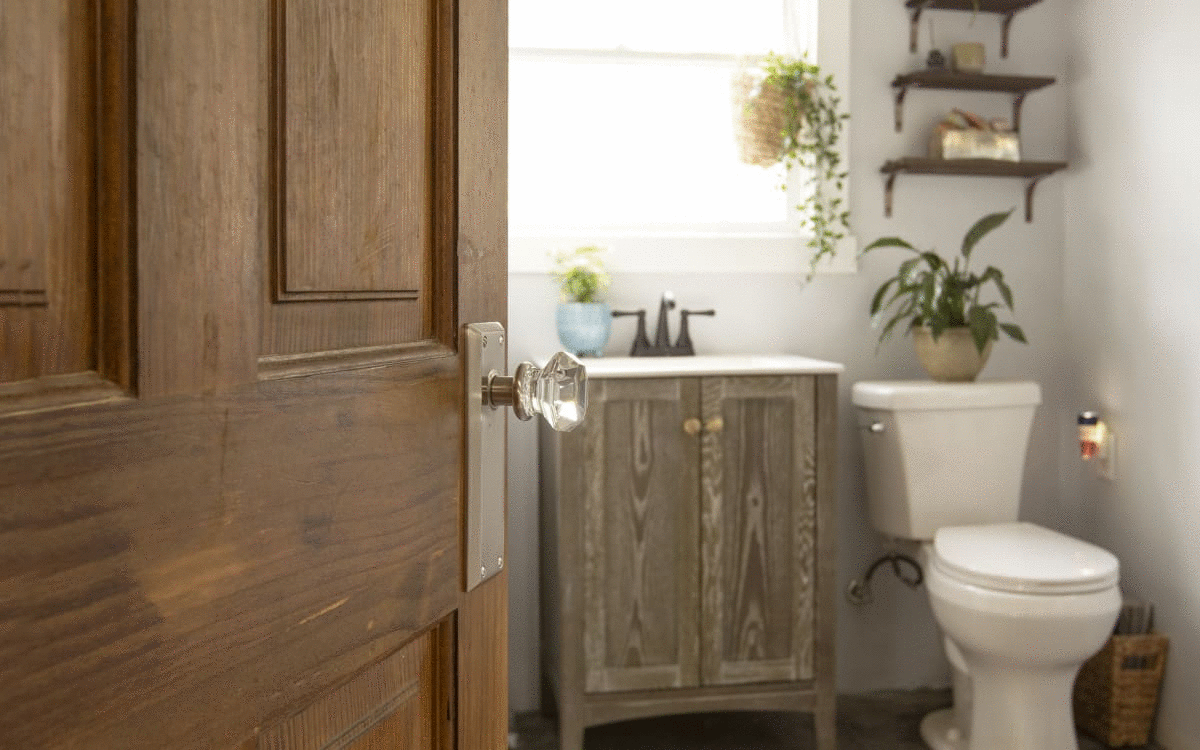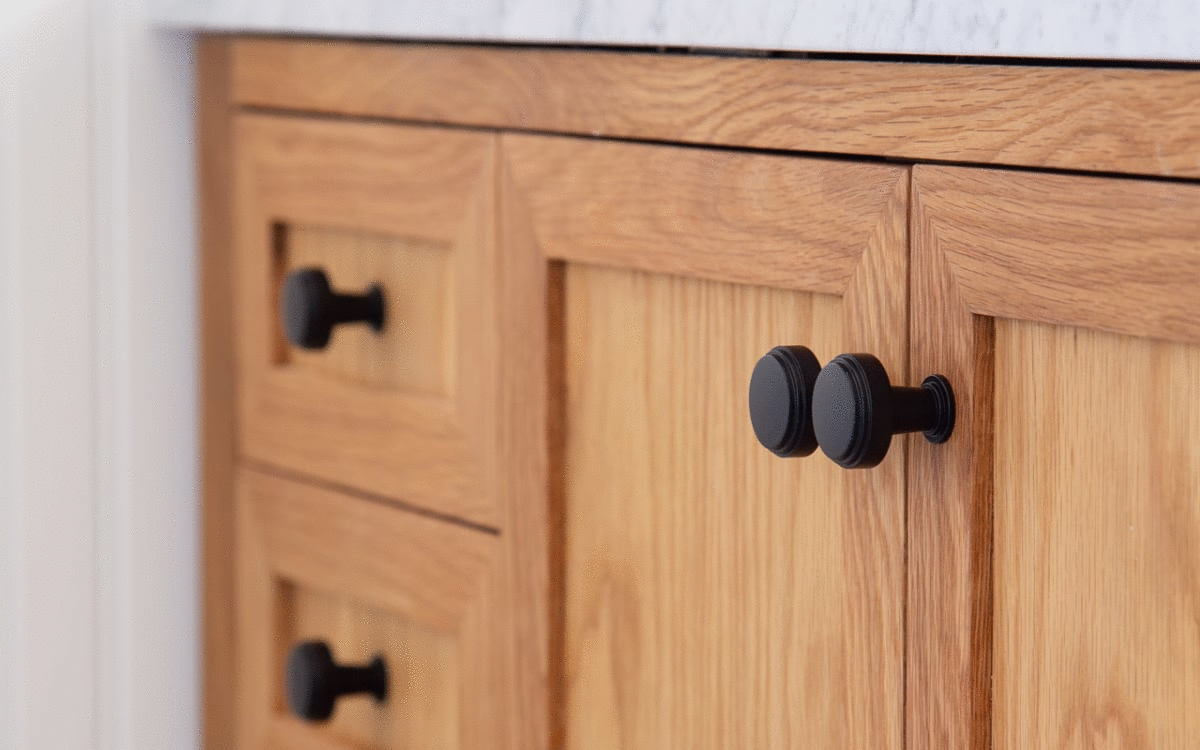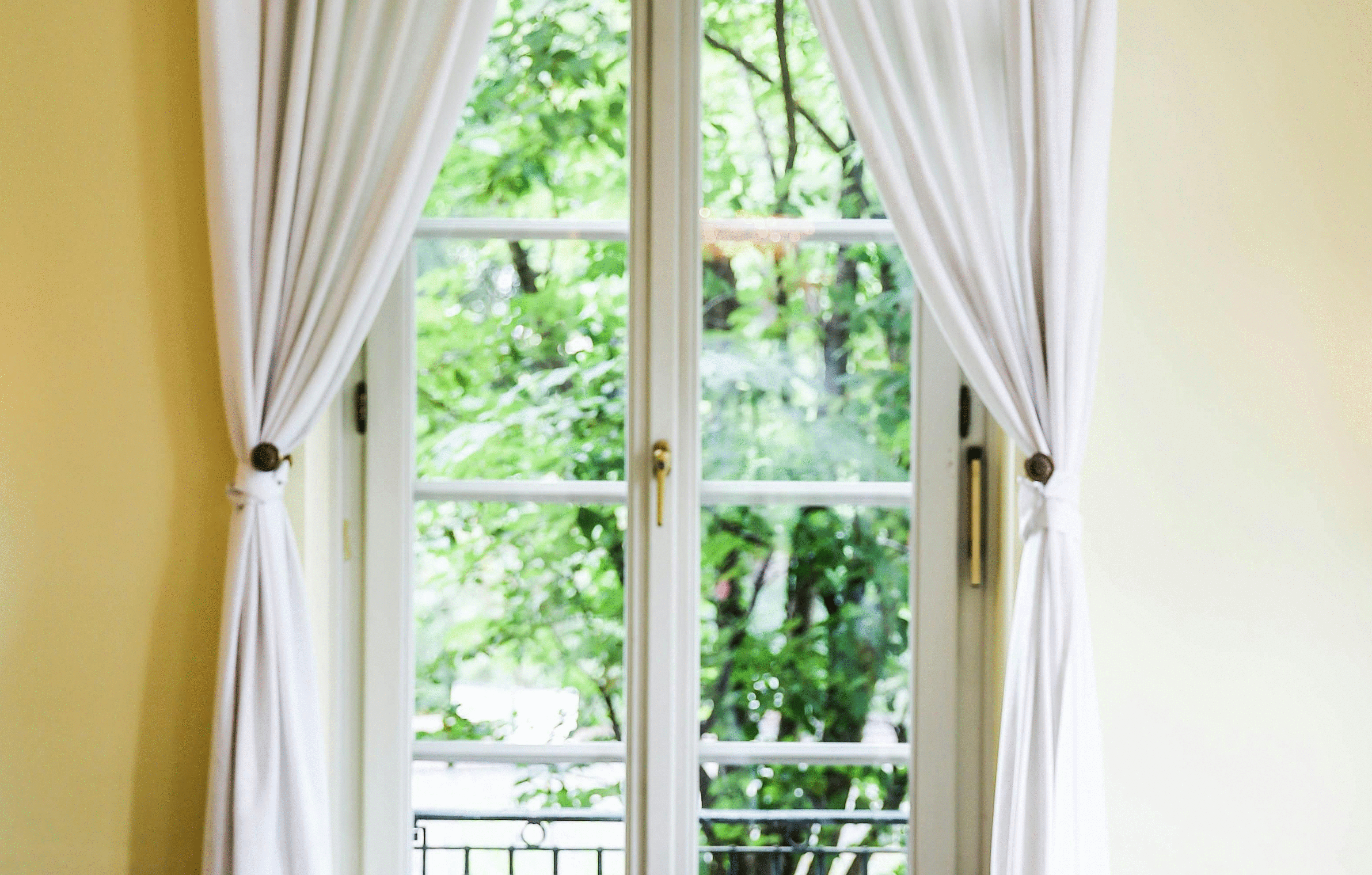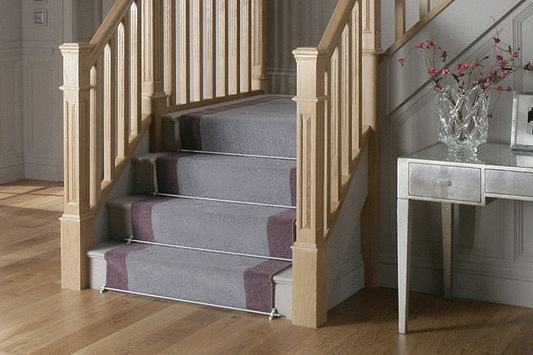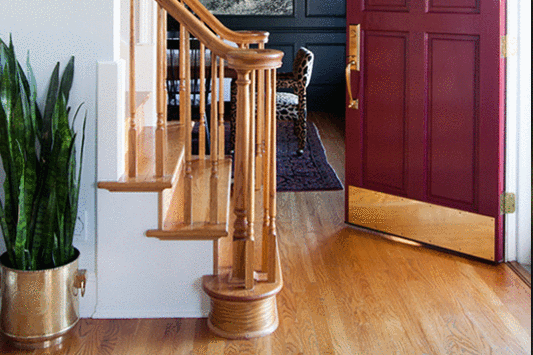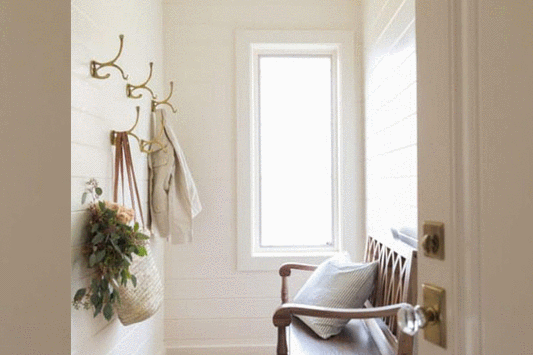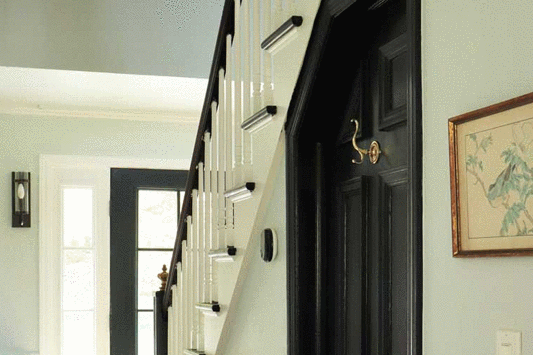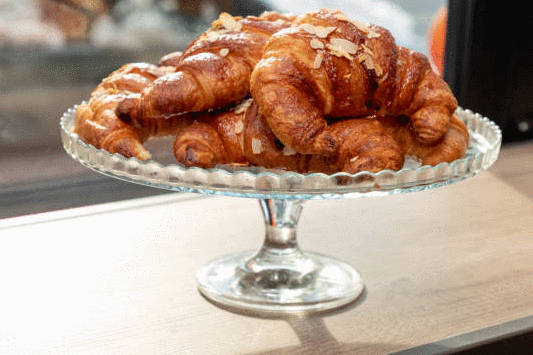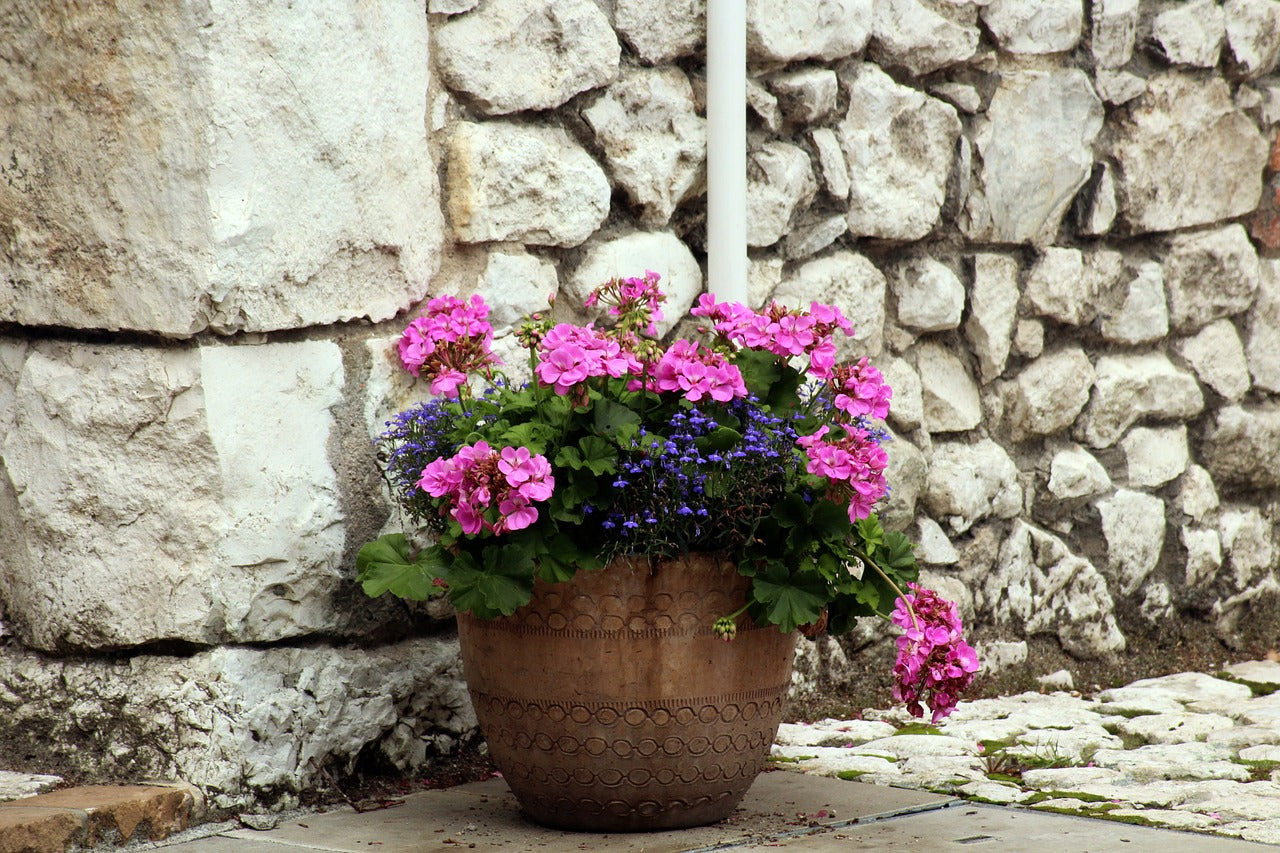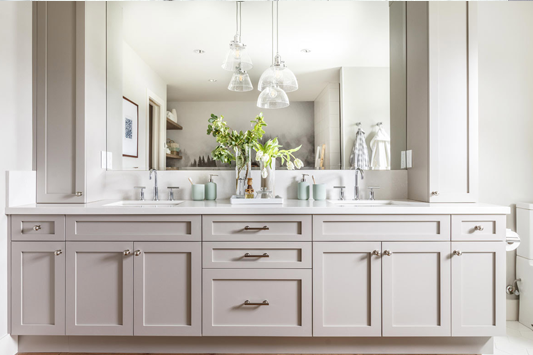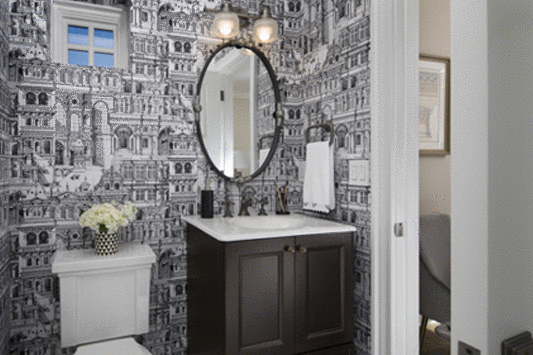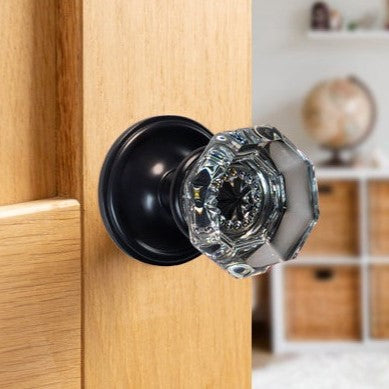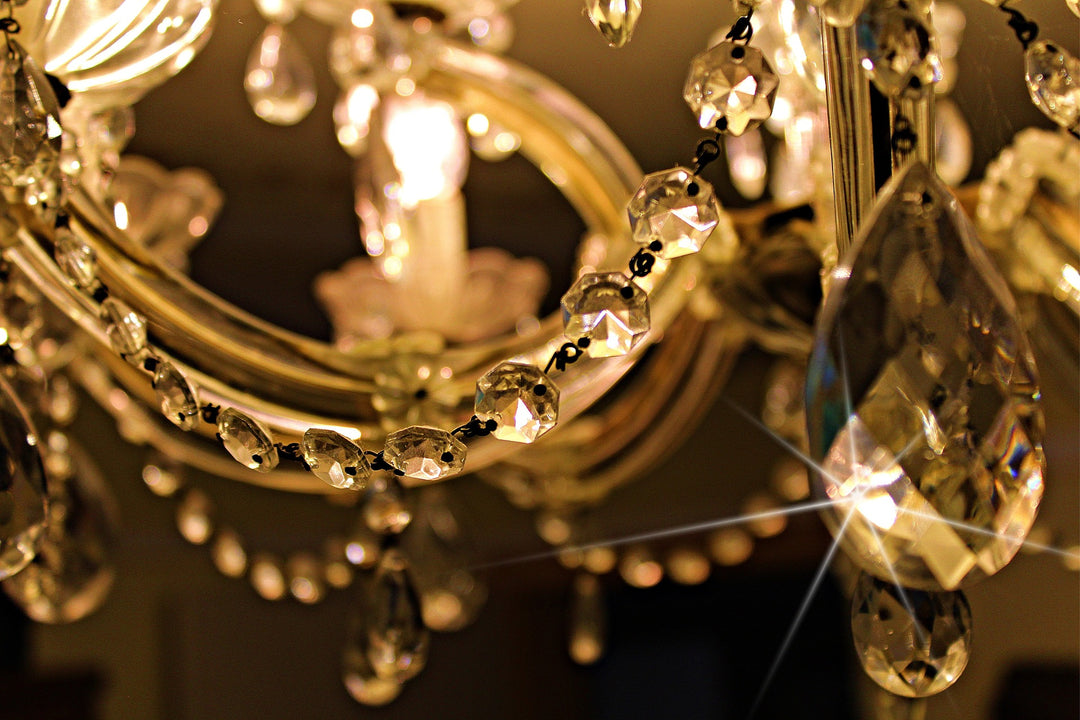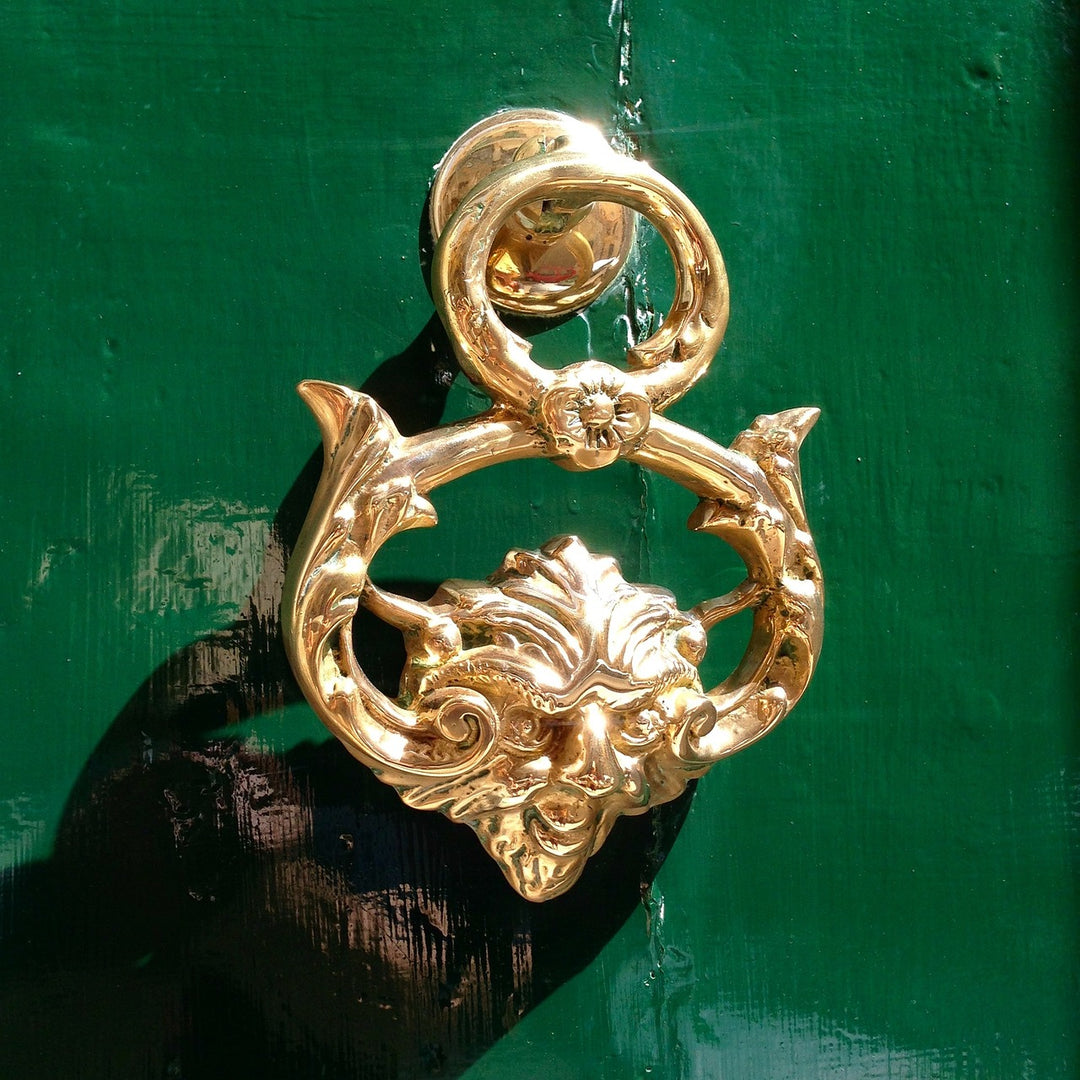History of Art Deco Lighting
Art Deco lighting design is an important component of the Art Deco movement, which emerged during the 1920s and 1930s. This movement was marked by its embrace of modernity, ornamental excess, and a focus on the mechanization of art. The Art Deco style can be described as a blend of various styles that came before it, including Art Nouveau, Constructivism, Cubism, and Futurism. The lighting designs of the Art Deco movement drew inspiration from these various styles, resulting in a unique aesthetic that still fascinates designers and collectors today.

Origins of Art Deco Lighting:
The origins of Art Deco can be traced back to the International Exhibition of Modern Decorative and Industrial Arts, held in Paris in 1925. This exhibition showcased the latest trends in art, design, and architecture, and represented a departure from the traditional styles that had dominated the previous decades. The Art Deco style, with its sleek lines, geometric patterns, and bold colors, captured the attention of the public and quickly spread throughout Europe and the United States.
One of the defining features of Art Deco lighting design was its use of new materials and manufacturing techniques. This was made possible by advances in industrial production, such as the widespread use of electric lighting and the availability of new materials like bakelite and chrome. These materials were durable, inexpensive, and easy to shape, making them ideal for use in mass-produced lighting fixtures. Art Deco lighting designs also drew inspiration from the artistic movements that preceded it.
The Art Nouveau movement, which was popular from the 1890s to the early 1900s, emphasized the use of curvilinear forms and organic motifs. Art Deco, on the other hand, favored geometric shapes and streamlined designs that reflected the era's preoccupation with speed and efficiency. Similarly, the Constructivist movement, which emerged in Russia during the 1910s, emphasized the use of industrial materials and geometric forms.

Influence on Art Deco Lighting:
Art Deco lighting designers were influenced by these ideas, incorporating metal and glass into their designs and creating fixtures that were angular and boldly colored. Cubism and Futurism, two other important artistic movements of the early 20th century, also influenced Art Deco lighting design. Cubism, which was developed by artists such as Pablo Picasso and Georges Braque, sought to deconstruct objects and reassemble them in new ways. Art Deco lighting designs often employed Cubist-inspired shapes, such as triangles, squares, and trapezoids, to create abstract but visually striking fixtures.
Futurism was an Italian movement that celebrated speed, technology, and the machine age. Art Deco lighting design reflected this interest in innovation and progress, with fixtures that incorporated chrome-plated and streamlined forms. Others were inspired by the sleek shapes of airplanes and automobiles, resulting in lighting designs that were both functional and aesthetically pleasing.

Examples of Art Deco Lighting:
One of the most iconic examples of Art Deco lighting design is the Bank of Manhattan Trust Company's headquarters, built in 1929 in New York City. The building's lobby features a massive chandelier designed by Hildreth Meière that incorporates blue and gold glass panels arranged in a zigzag pattern. This fixture perfectly captures the Art Deco style's combination of geometric shapes, bold colors, and innovative materials.
Another notable example of Art Deco lighting design is the Chrysler Building, completed in 1930. The building's spire is topped by a series of triangular, stainless steel "ribs" that are illuminated by floodlights at night. The use of stainless steel added a sleek, modern touch to the building's design and helped to cement its status as one of New York City's most iconic structures.

Significance of Art Deco Lighting:
Art Deco lighting design also had a significant impact on the home. Many middle-class Americans embraced the Art Deco style, incorporating it into the design of their homes and furnishings. Art Deco lighting fixtures for the home were often made from less expensive materials than those used in larger public buildings but retained the style's characteristic use of geometric shapes and bold colors.
One of the most popular Art Deco lighting fixtures for the home was the table lamp. These lamps often featured a base made from materials like bronze or bakelite and were topped by a shade made from glass or fabric. The shades were generally rectangular or triangular in shape and were painted with bold patterns or geometric designs.
Another popular Art Deco lighting fixture for the home was the wall sconce. These fixtures were often made from chromed metal and featured angular, geometric shapes that echoed the designs of larger Art Deco buildings. The sconces were popular in dining rooms and living rooms, where they provided a decorative and functional source of light.

Art Deco lighting design was a significant component of the broader Art Deco movement. It drew inspiration from a variety of artistic styles and emphasized the use of new materials and manufacturing techniques. Art Deco lighting fixtures were characterized by their sleek lines, bold colors, and geometric shapes. They were used in both public buildings and private homes, and their influence can still be seen in contemporary lighting design today.



